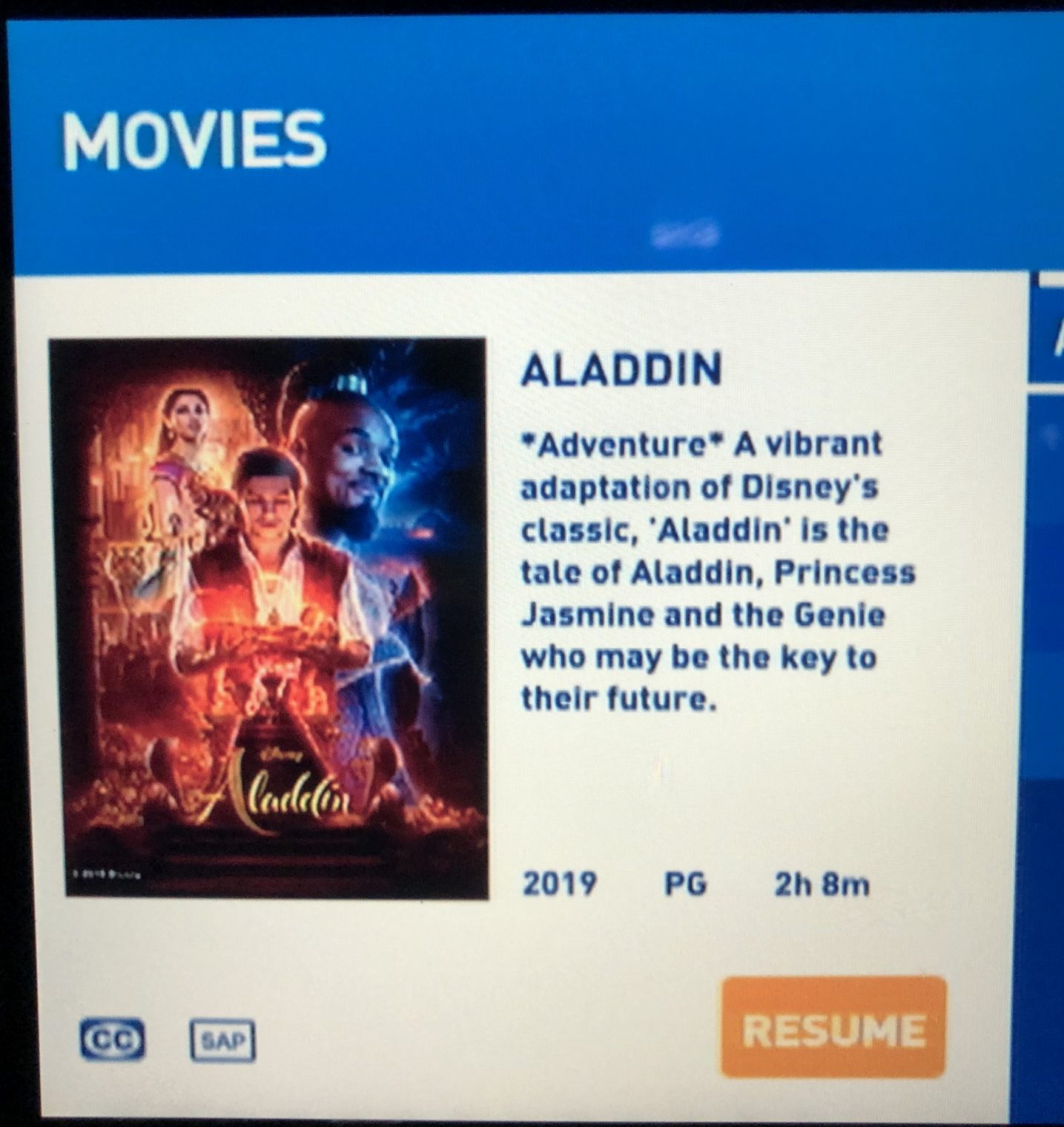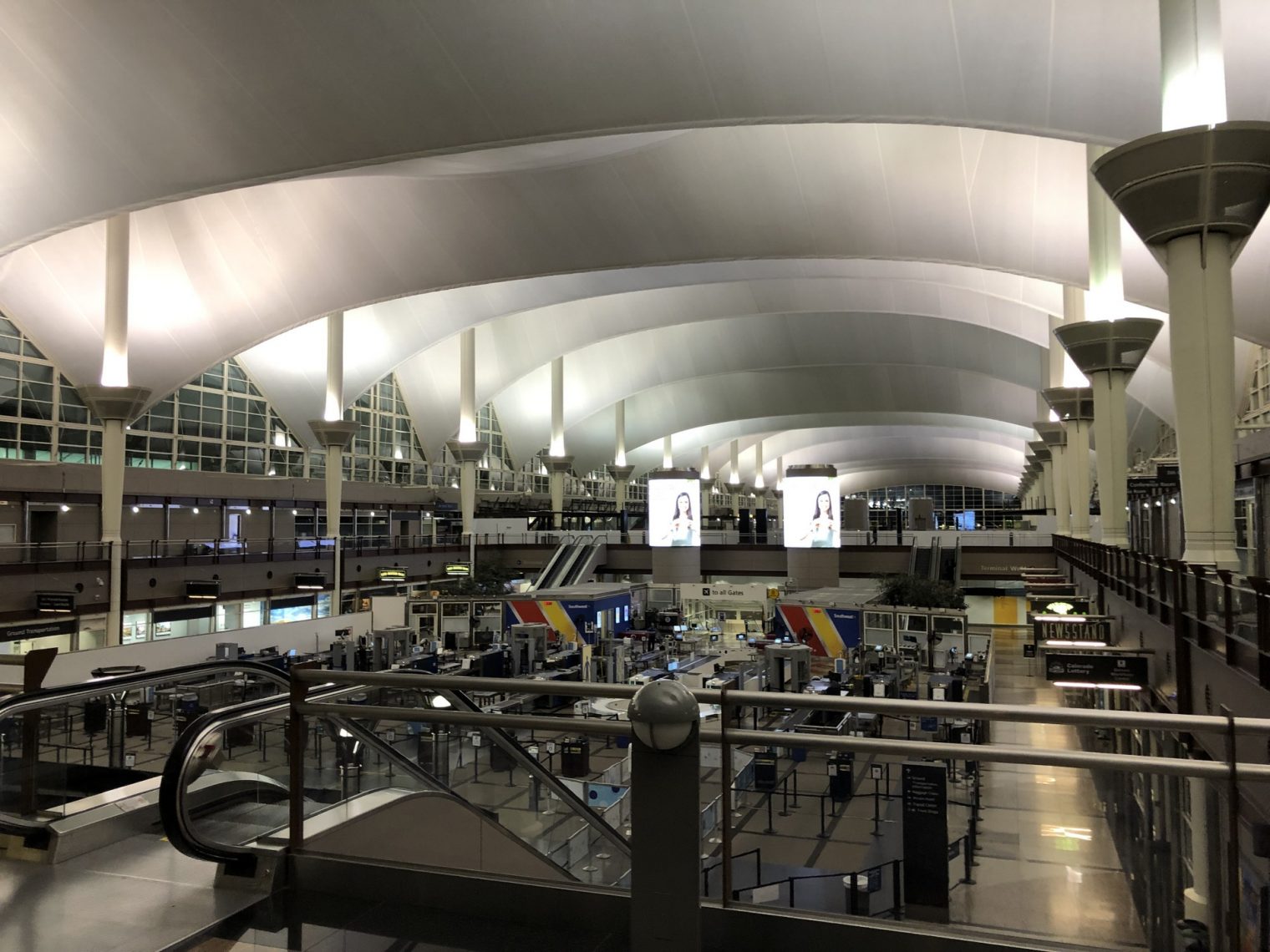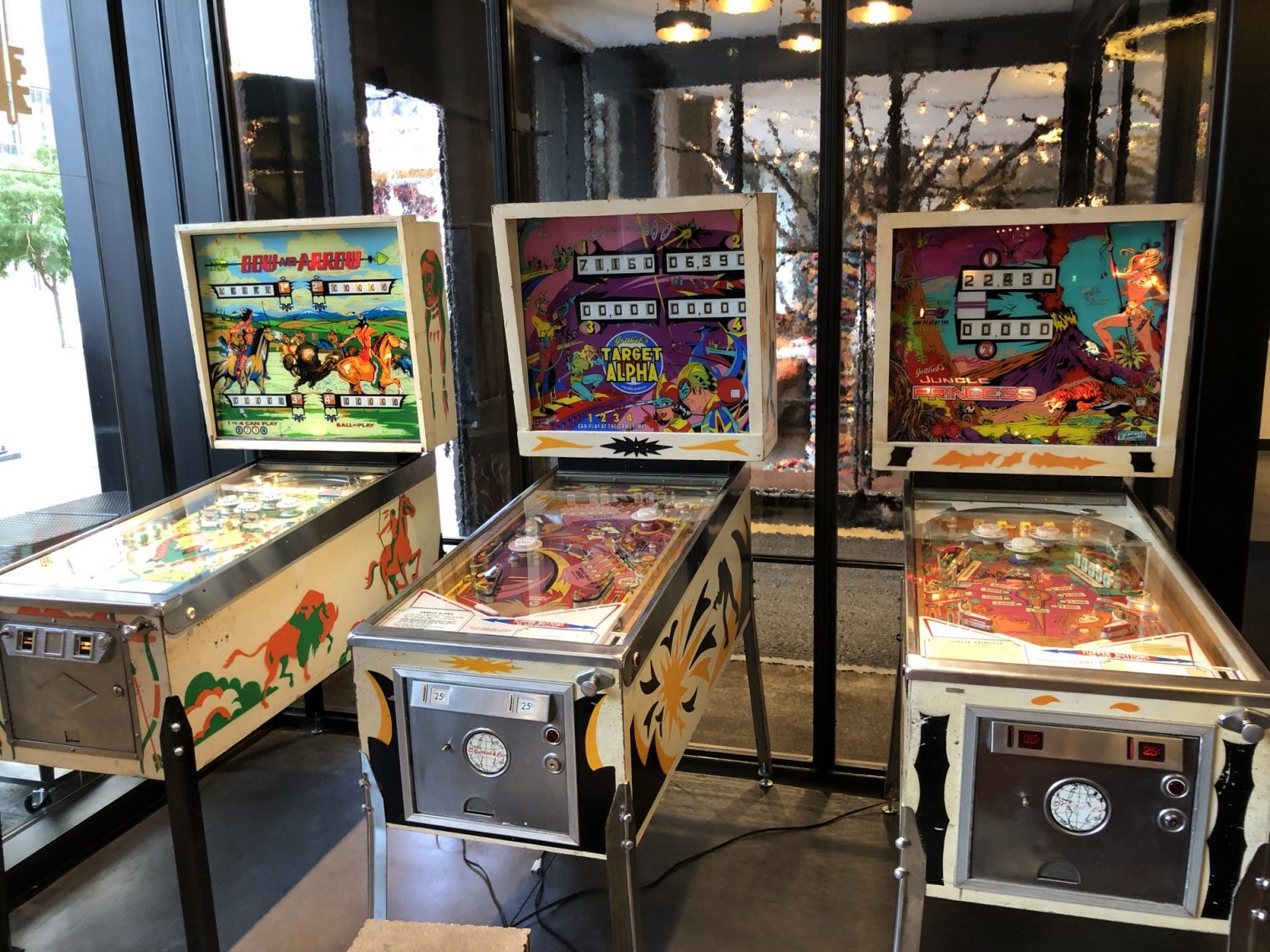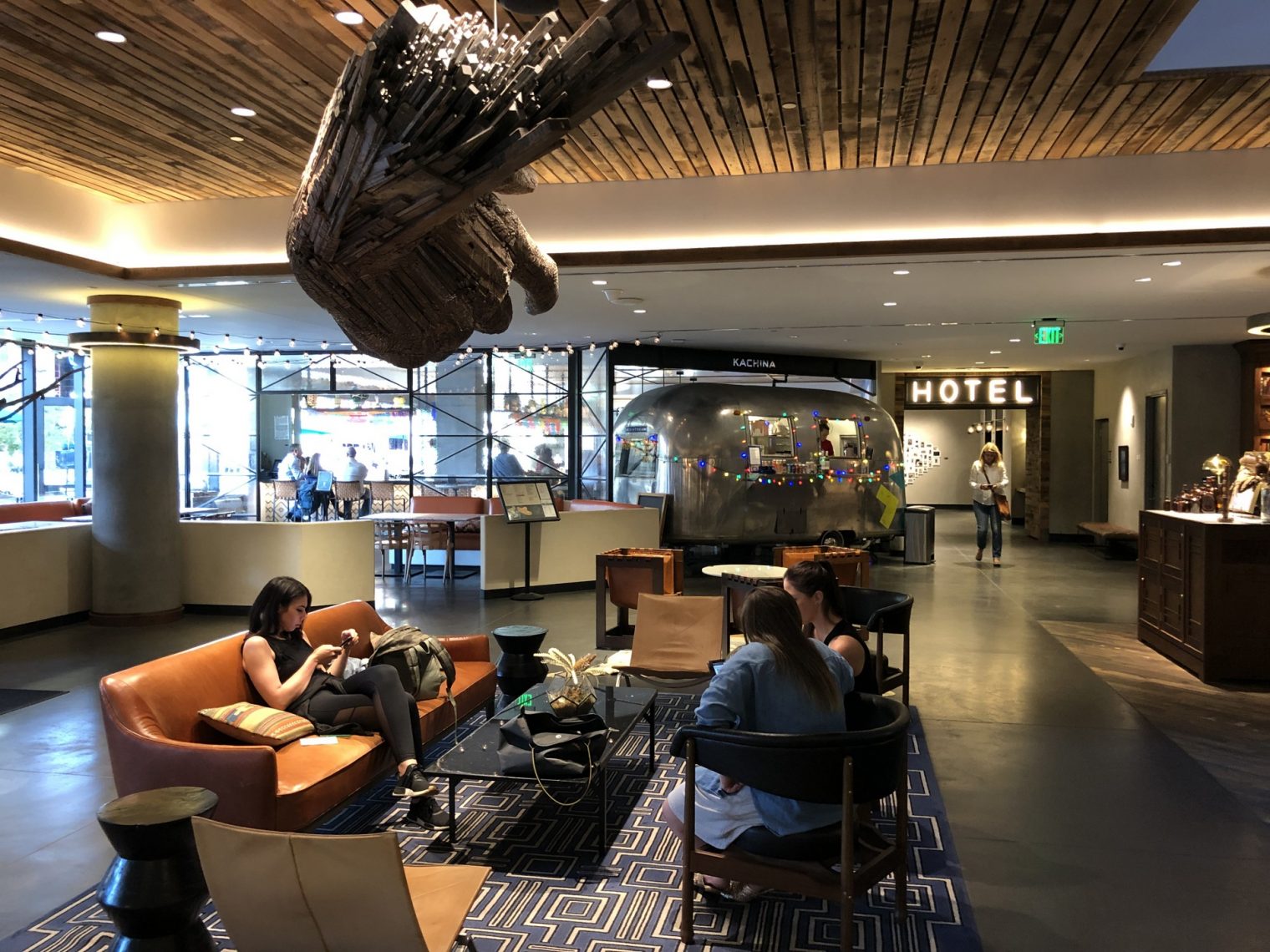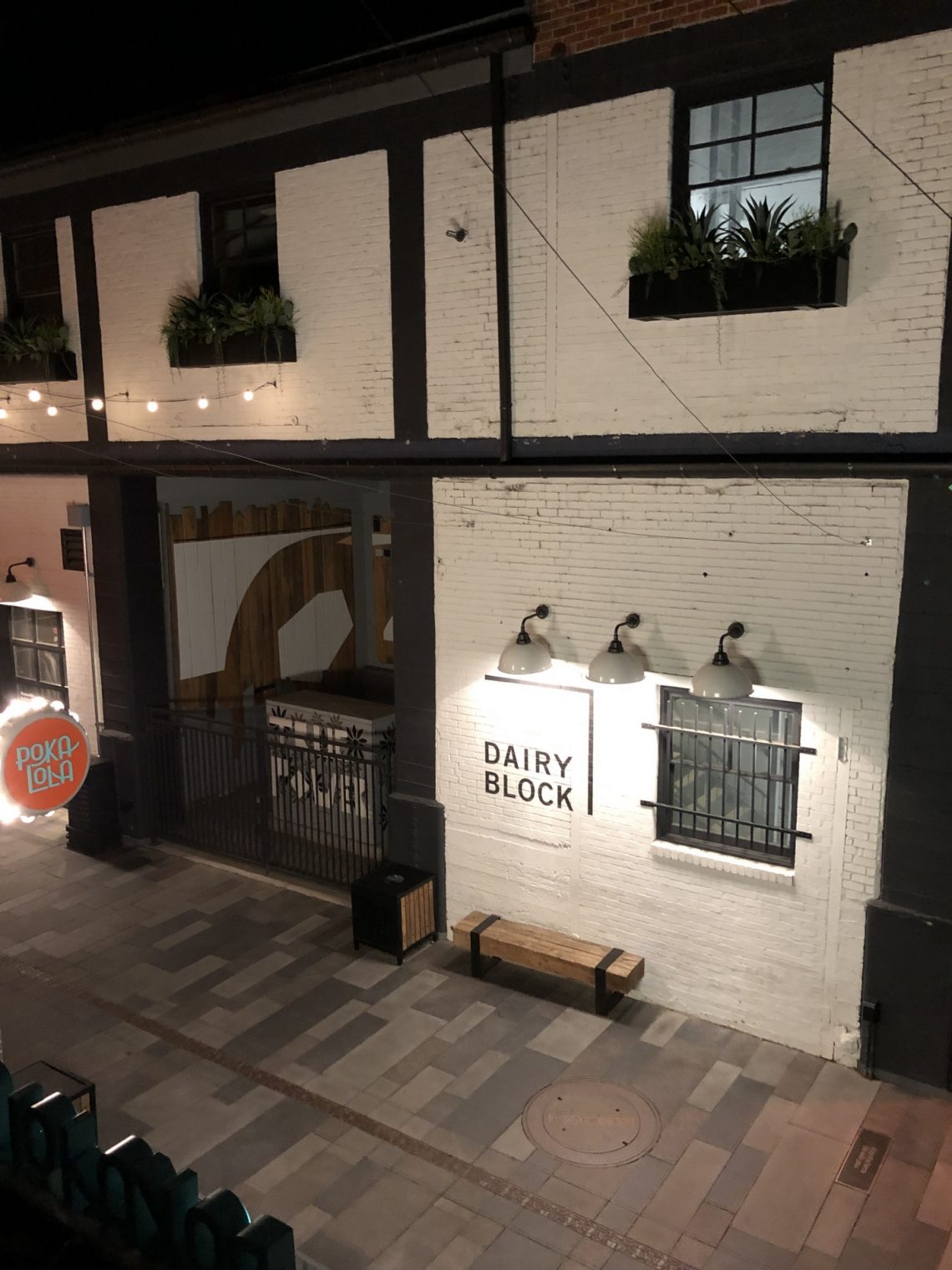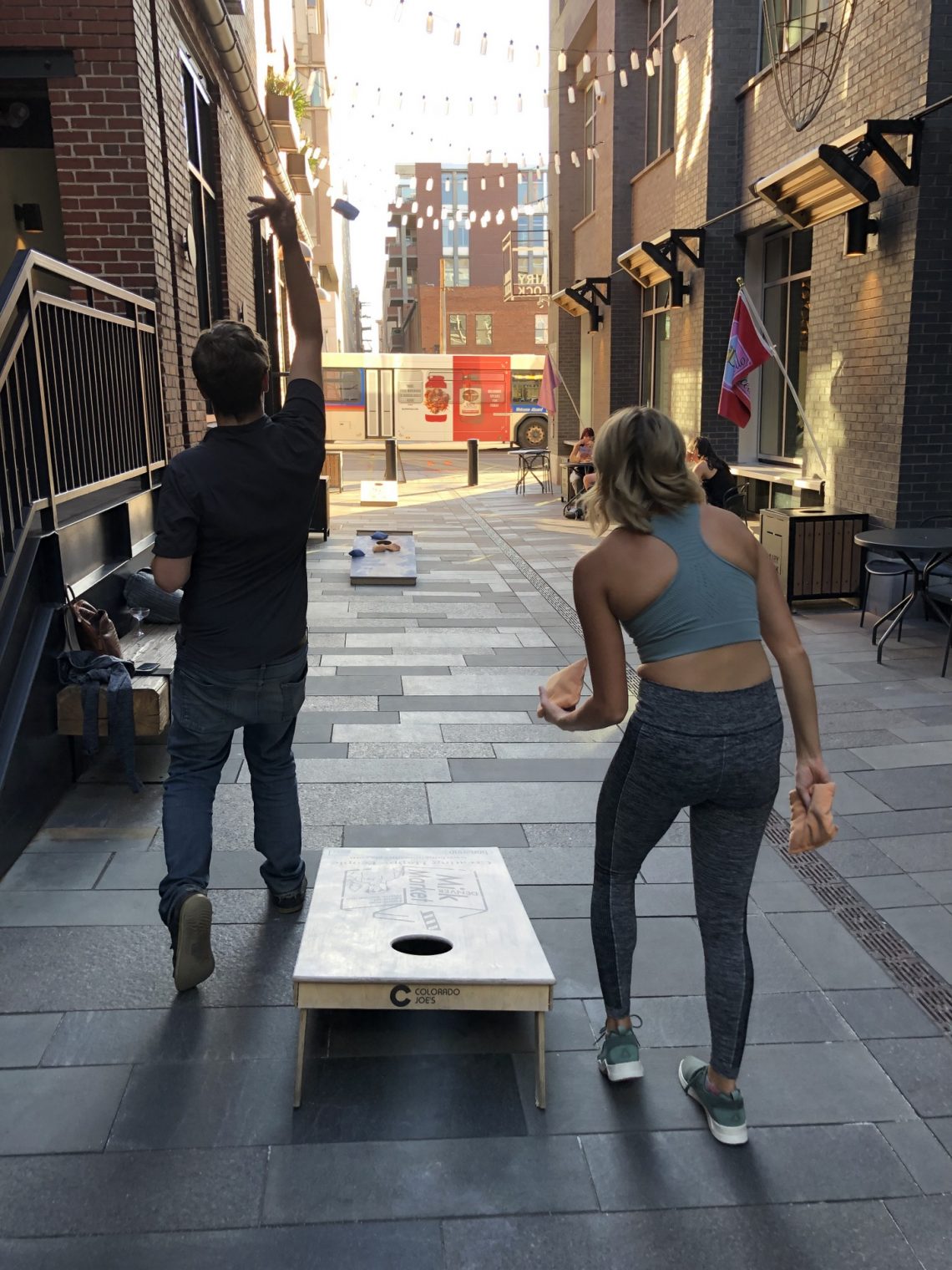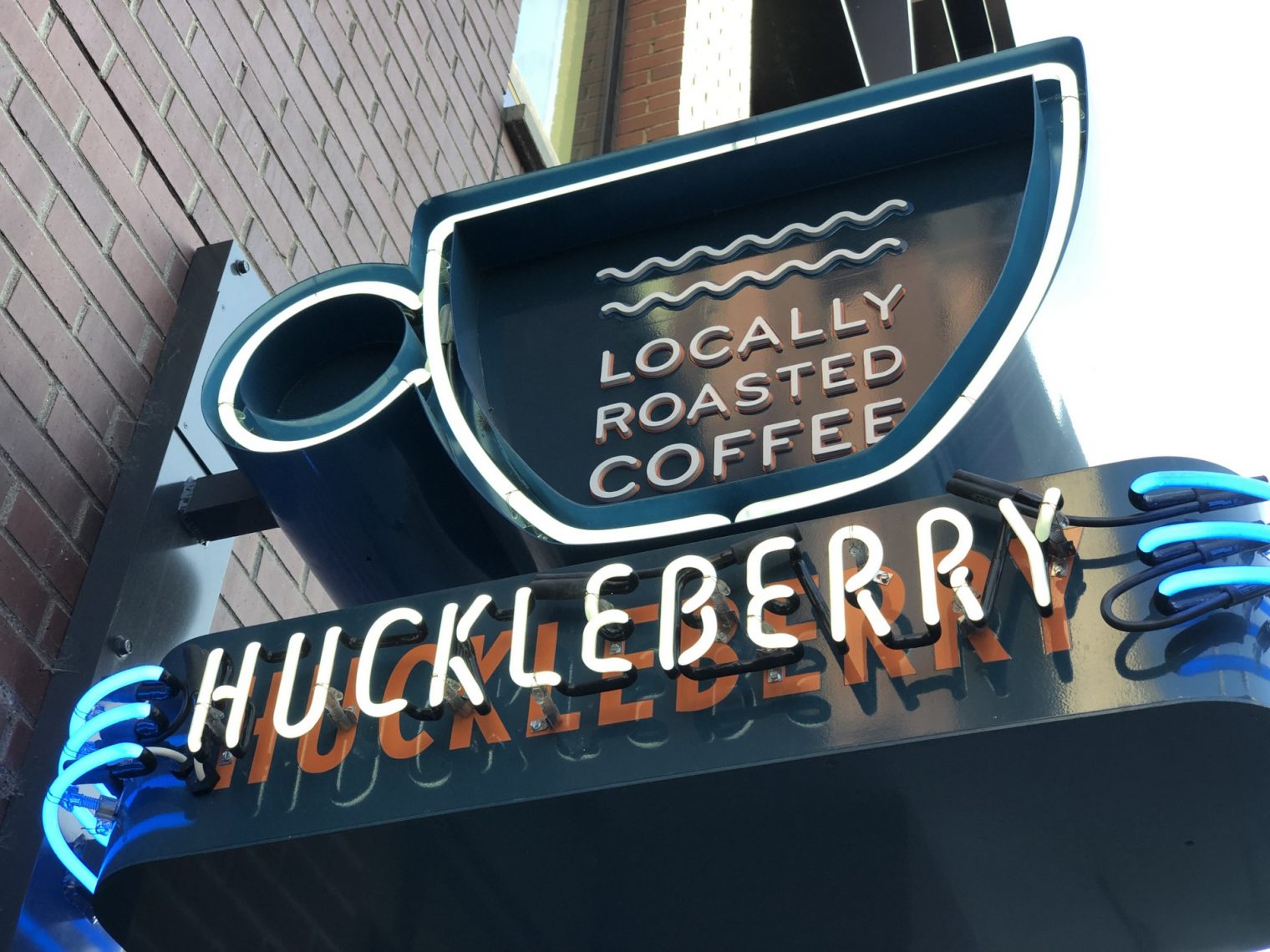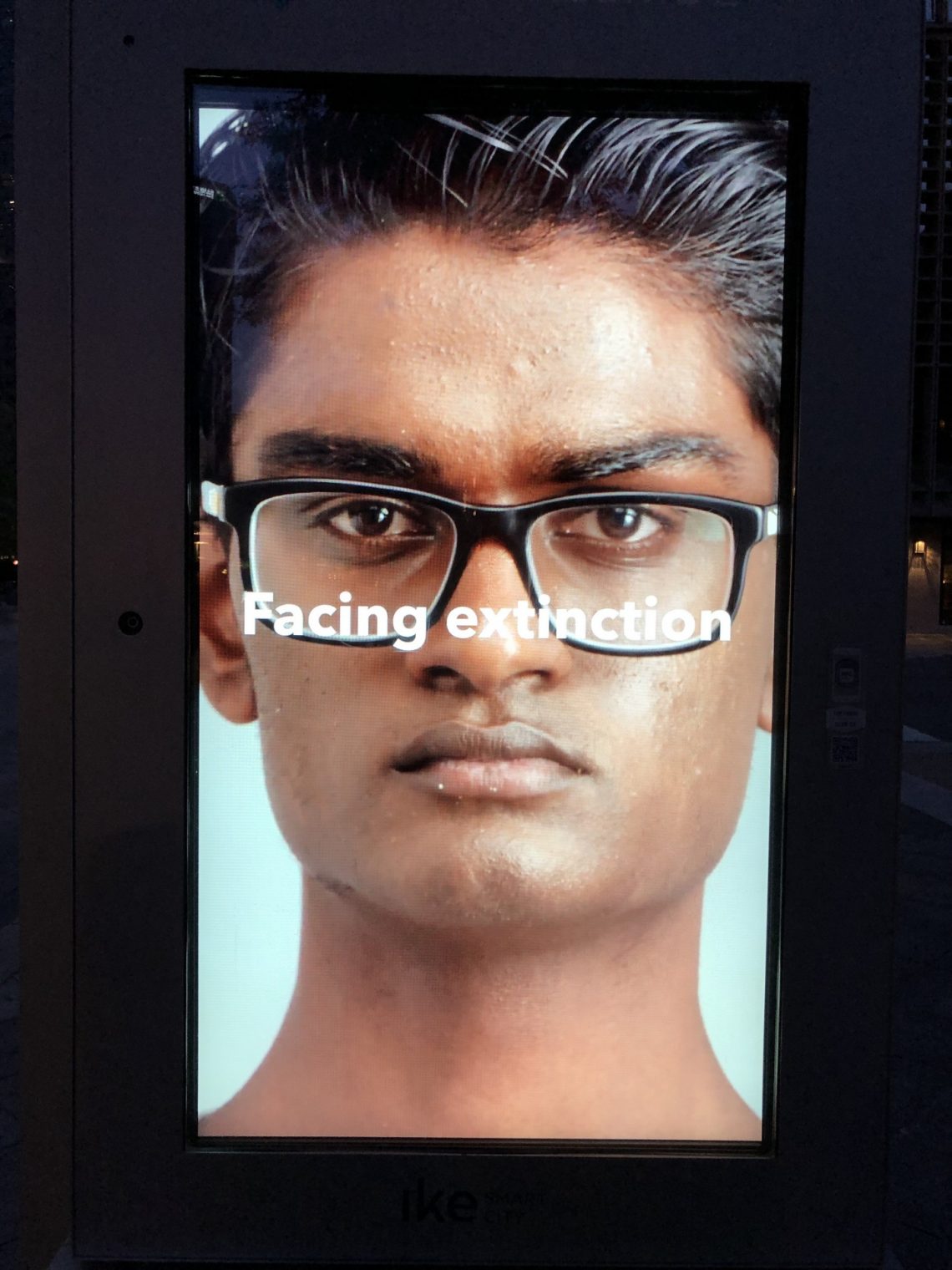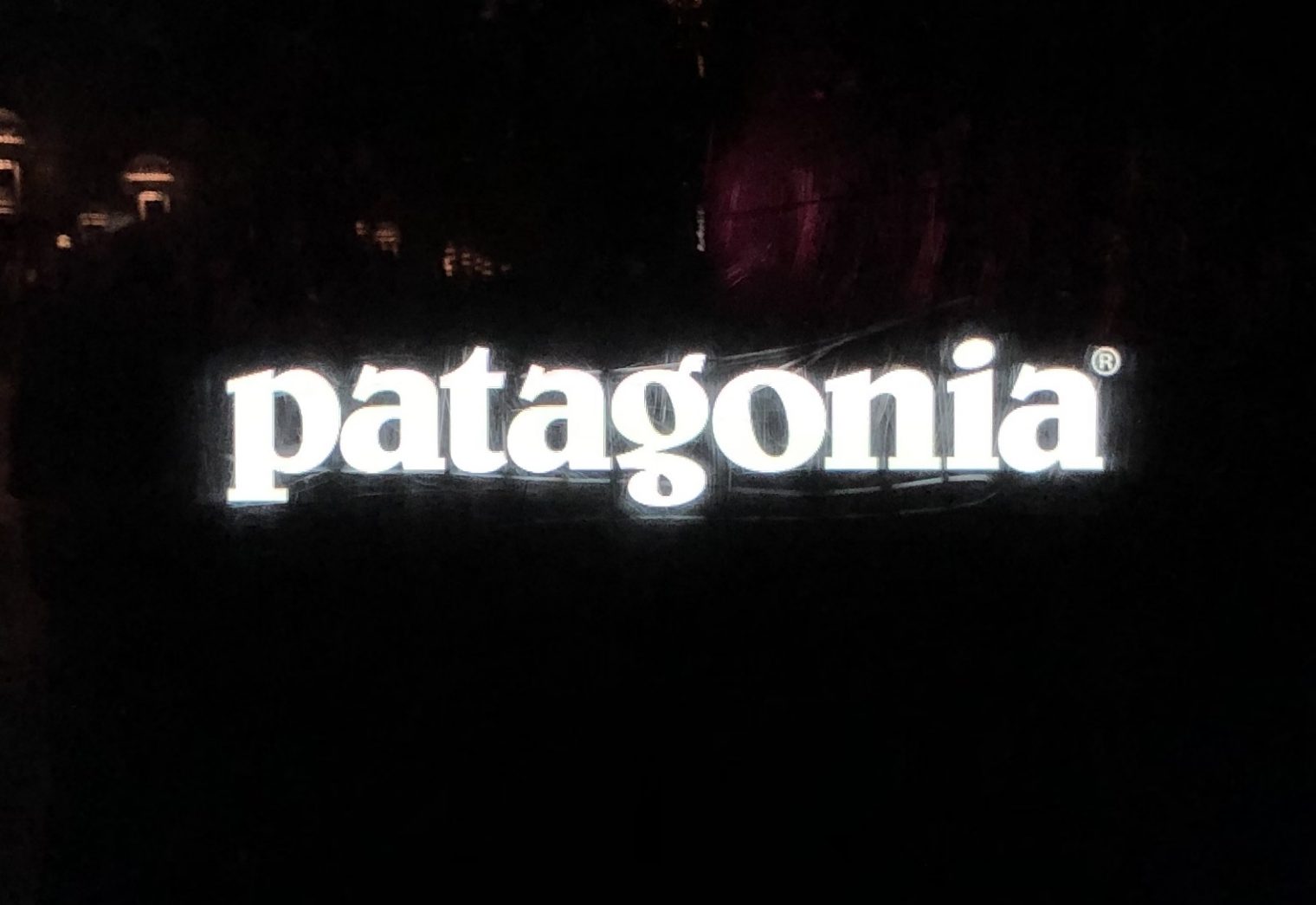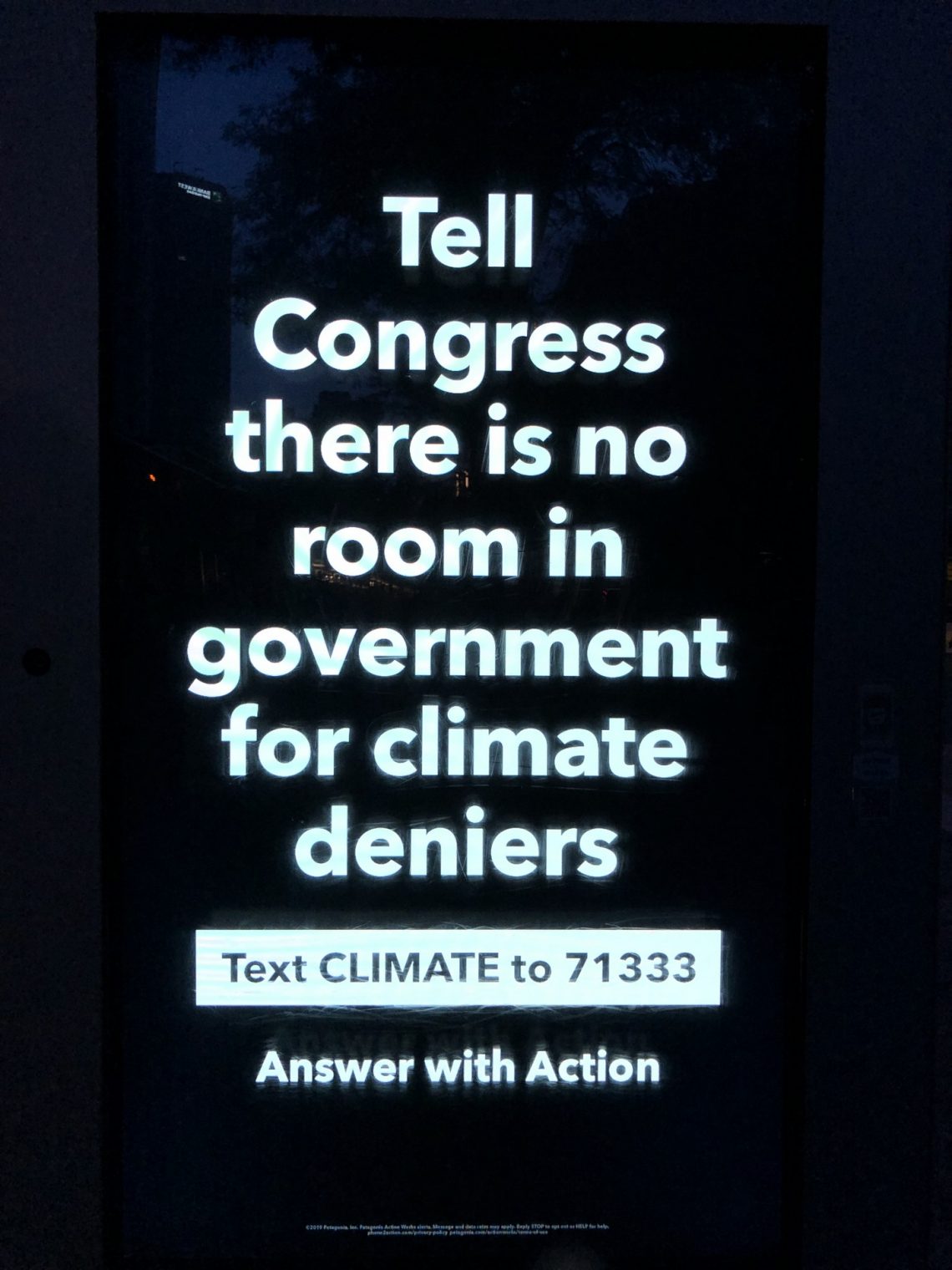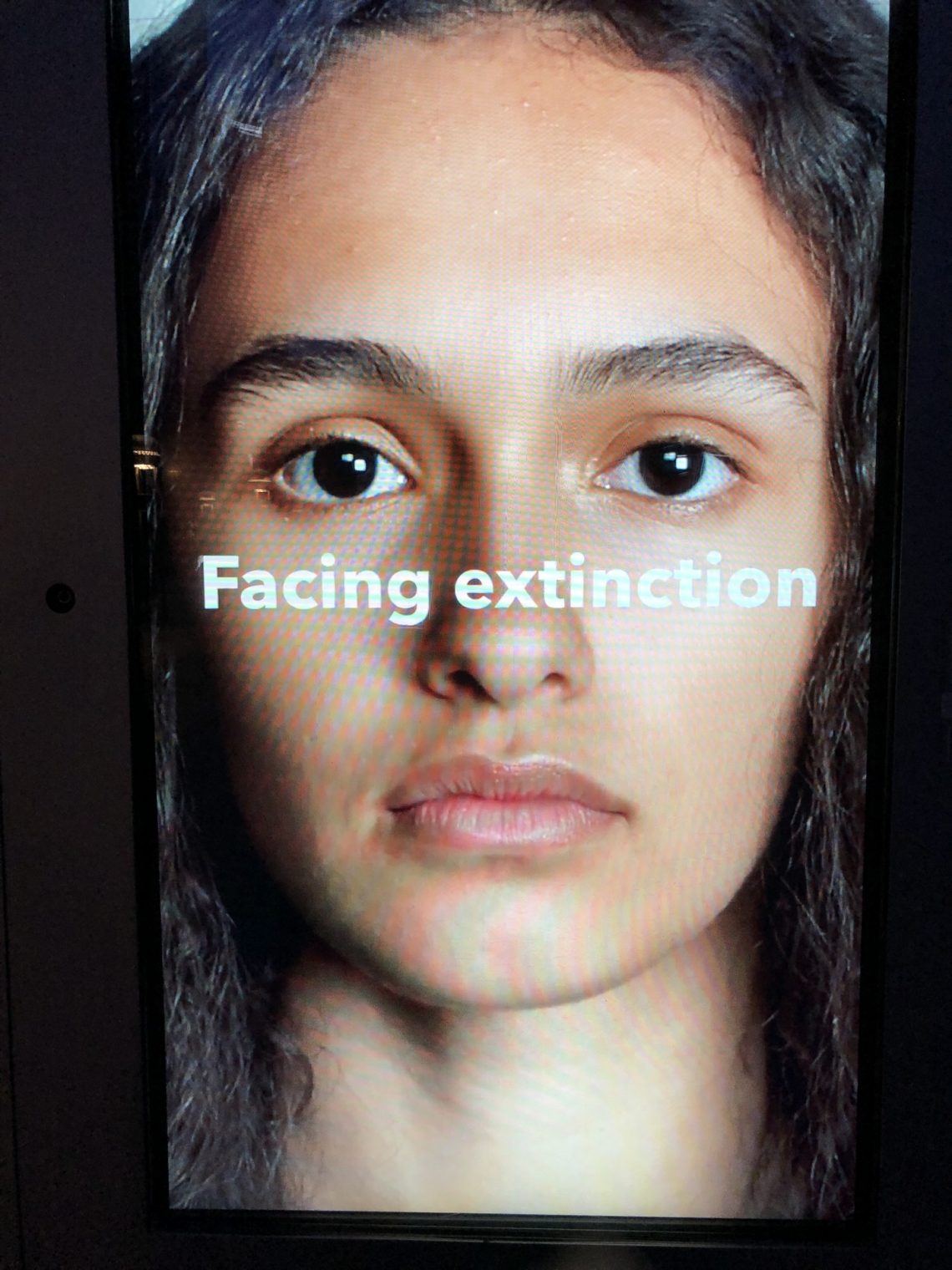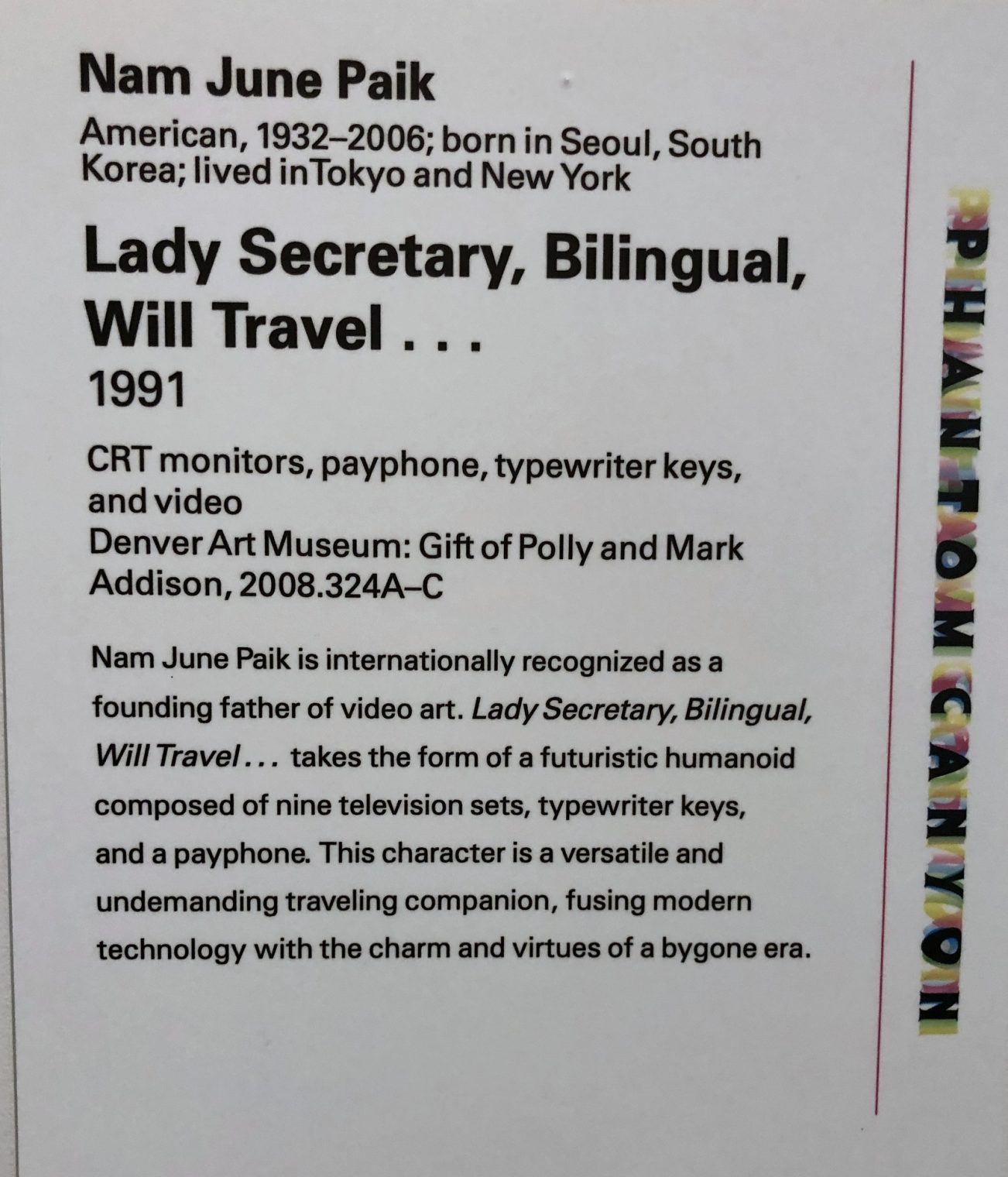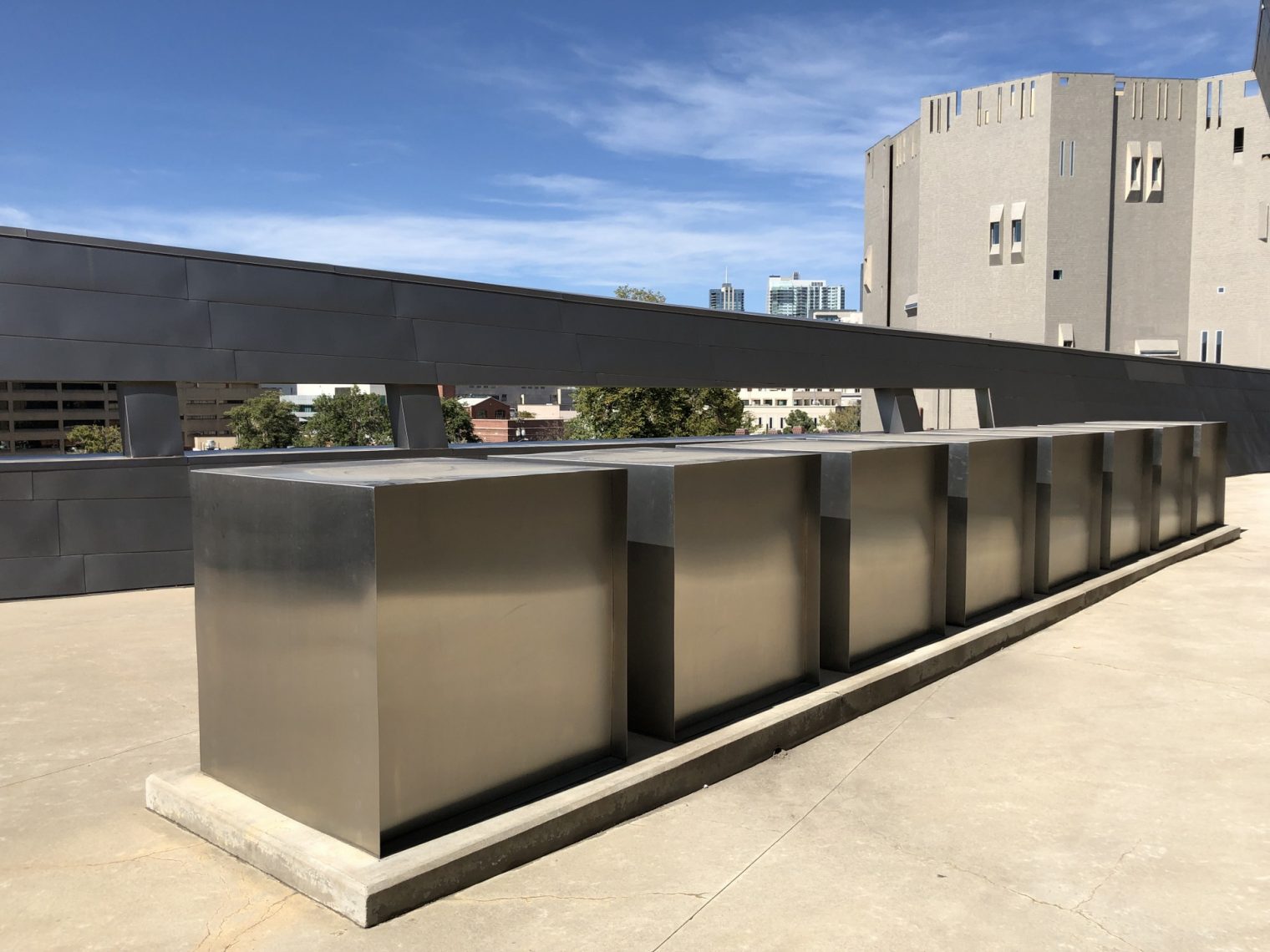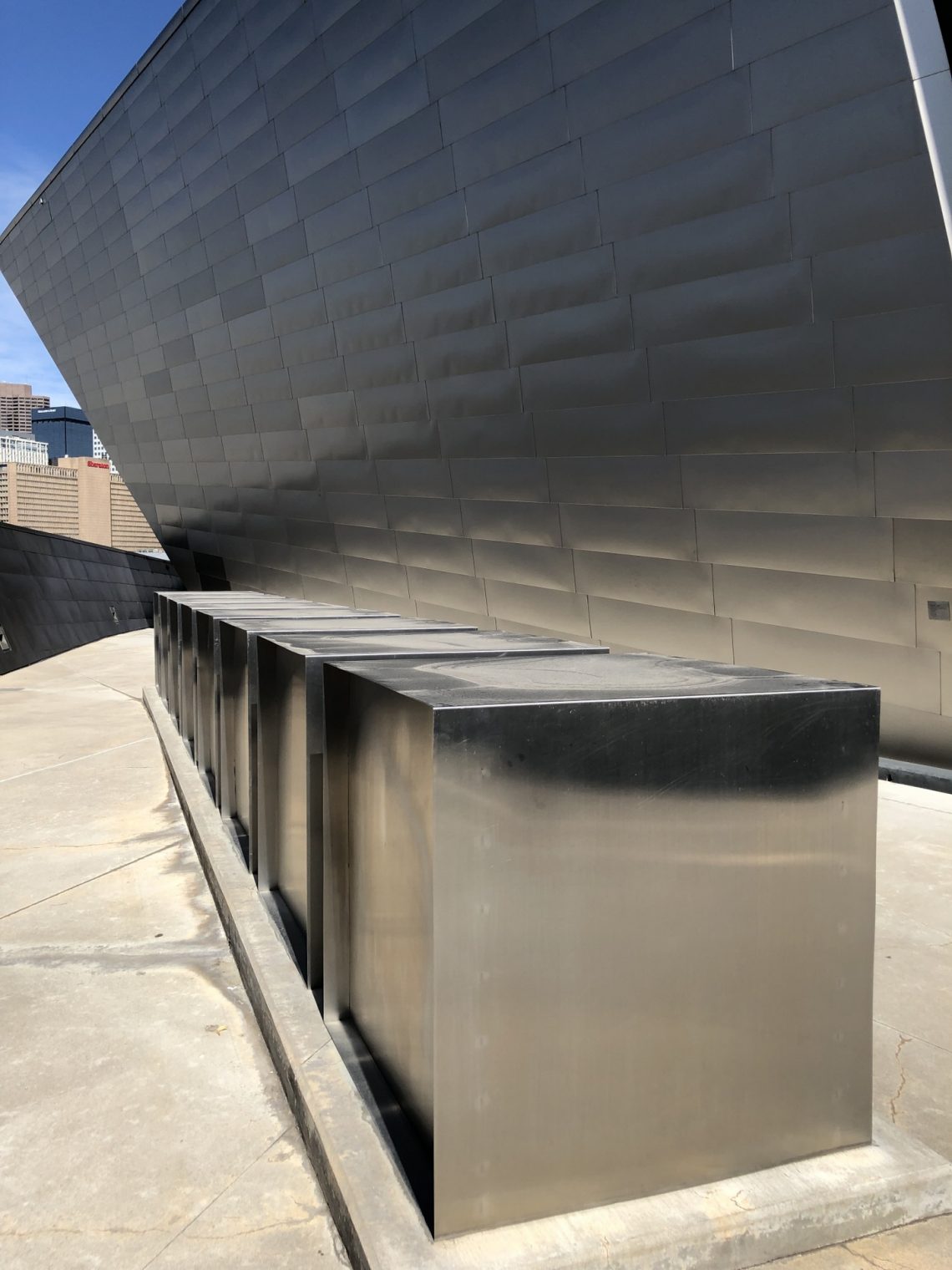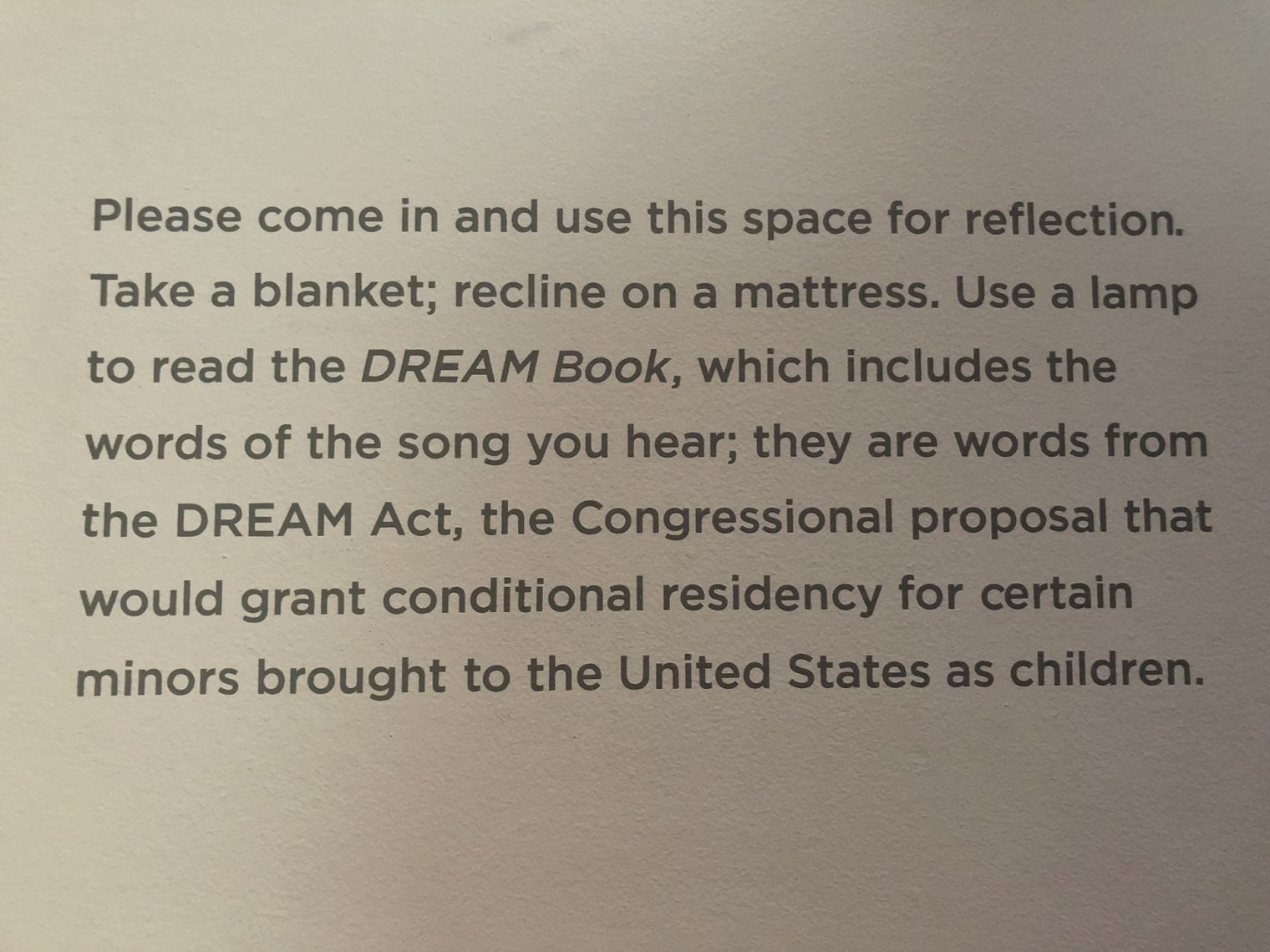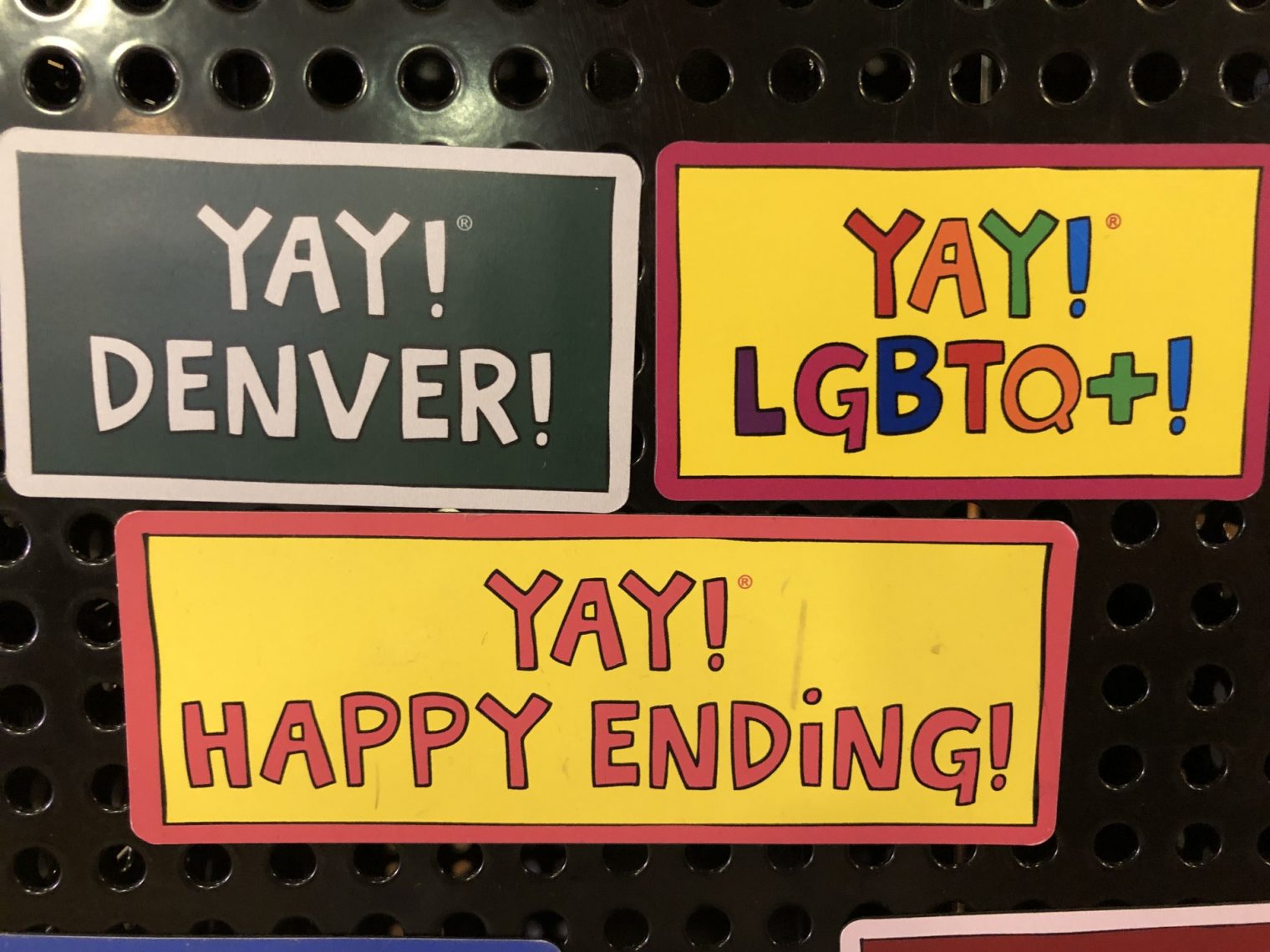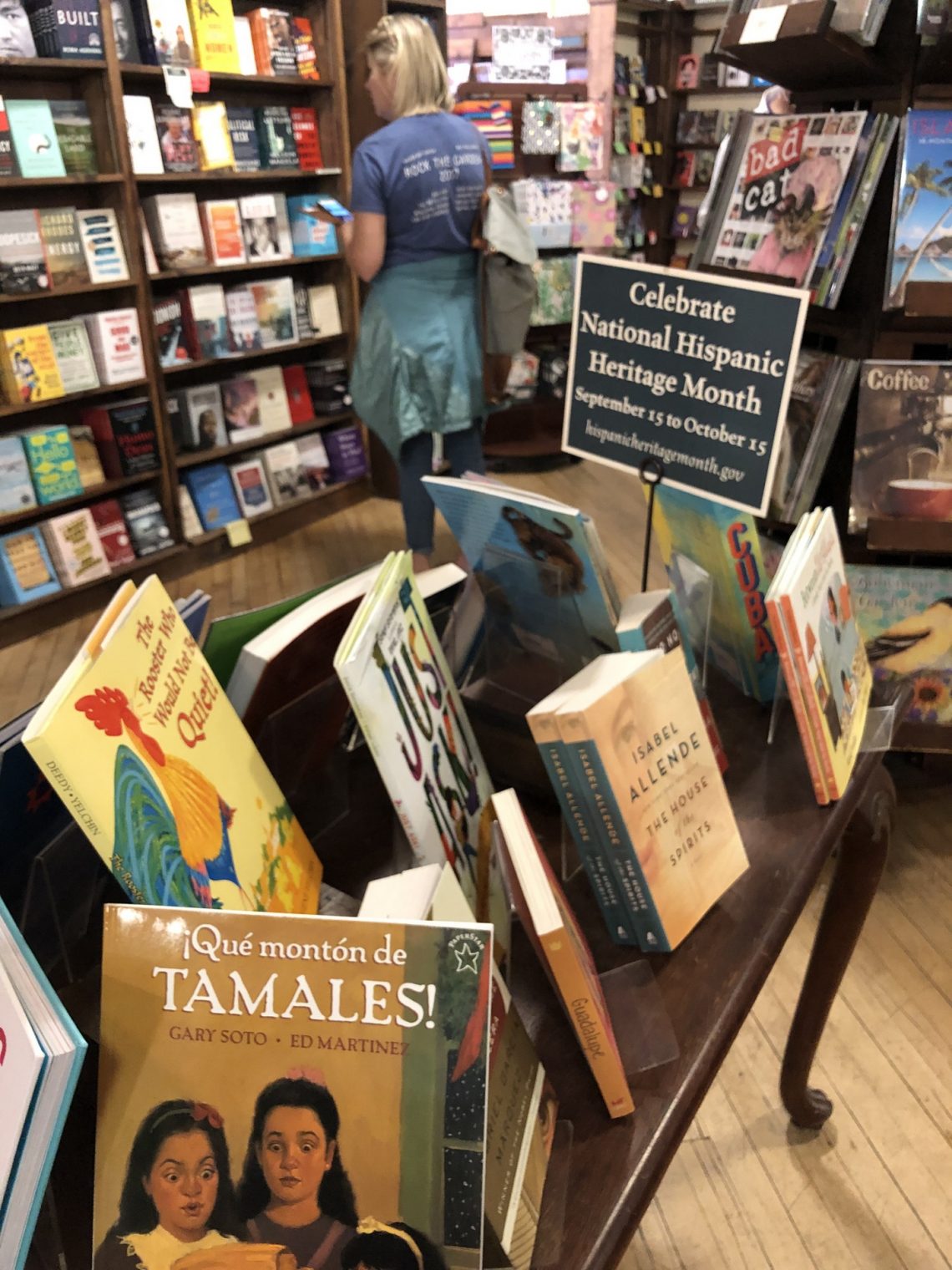Destination Earth: A New Philosophy of Travel by a World-Traveler, by Nicos Hadjicostis, describes what the author learned during a 6.5-year trip around the world.
As you might expect from selection bias (he traveled for 6.5 years while others did not), he’s an enthusiast:
The Chinese proverb “It is better to travel 10,000 miles than read 10,000 books” is more pertinent than ever. For the experiences gained by travel are pulsating and permeated by the breath of human experience and interaction. Book knowledge helps us obtain a basic understanding of subjects and categorize them; it moves in one dimension. Travel is multidimensional: It connects the various branches of human knowledge that are held isolated in unconnected mental compartments; it gives flesh and bones to the world’s nations; it introduces us to new sounds and smells and an infinite variety of circumstances. Travel is not only the Ultimate University but also the only one that is alive!
He points out that Hainan Airlines’s $650 round-trip fare from Boston to Shanghai is an example of what is new for the human race:
This is the first time in the history of humanity that millions of people have the ability and means to travel around the world. What was once the privilege of historians like Herodotus, emperors like Hadrian, royal emissaries like Zhang Qian, intrepid explorers like James Cook, or simply the aristocratic few is now within the reach of the middle class.
Let me put in a plug for the smartphone too! It has its pluses and minuses when at home or at work, convenient, but also a distraction and an isolation device (since we don’t talk to people in public places as much). But for the traveler, the smartphone lightens our luggage by 20 lbs. or more (leave out the books) and enables facts and history to be looked up whenever curiosity motivates us. I would read a sign in an ancient garden in China, for example, and then learn more about something described on the sign via my phone and the $10/day in Verizon roaming fees.
Why not put on the VR goggles and travel from the air-conditioned comfort of one’s living room?
There is a widespread belief among people who do not travel that it is not necessary to actually visit other countries because one can get a good sense of them by watching travel programs, leafing through magazines, or reading travel-inspired books. A new species of “armchair-travelers” who sit in front of their television sets watching travel documentaries has emerged in the last decades. This suggests that it is possible to travel without departing from one’s home! The underlying presupposition is that travel is seeing places, and that instead of actually going to places one may bring them into one’s living room. This mistaken view has to be firmly debunked. The relationship between taking a cruise along the Li River in China and experiencing the otherworldly landscape of the Guilin karsts enveloping the boat – full of fellow Chinese travelers – and the watching of a film about Guilin is akin to the relationship between seeing a photo of a person you love and having the actual person next to you. The visual portrayal of a place, whether it be a photo or a movie, as well as any verbal description of it, are incommensurable with the immersive living experience. There is no comparison between Guilin-the-photo and Guilin-the-place-and-experience. Another analogy is comparing the photo of a French cheese platter with eating the real cheeses. One is dead, the other alive. The real cheeses have a wealth of smells, textures, and tastes; the photo is a mere representation. Often, modern man lives in his mind and forgets that Guilin is a real place situated in a three-dimensional universe with a sky above it, a real river running through it, and surrounding rice fields with farmers tending them. No digital reproduction or literary description, however good or poetic, can replace the feeling of a breeze on one’s face or the little droplets from the river’s spray. At best, any description is a pointer to what one may experience if one gets off the couch and sets out to discover the actual place.
He divides up travel into four possible categories. A “one-dimensional” trip is taking an organized tour or flying out to see a new city’s main sights. A “two-dimensional” trip seems to be the same thing, more or less, but a bit longer, e.g., two weeks on a fixed itinerary. Real travel begins with three-dimensional trips of at least three weeks and without prearranging hotels beyond the first few nights. The ultimate:
The four-dimensional journey is much longer in duration and usually involves more than one country. This is travel with infinite degrees of freedom. It opens up a whole new universe of sights, sounds, smells, but also new ways of seeing the world and of understanding mankind in general and oneself in particular.
Examples of total travel are a nine-month journey around Latin America or a six-month journey in West Africa, where one will basically be on one’s own and discover his way around as he moves.
Traveling around the world is a special case of four-dimensional travel. It is the most ambitious and all-encompassing type of travel and belongs to a category of its own. The whole of life becomes the field of exploration of the world-traveler.
Who among us can take off months or years to do this, though? Plainly the young can do it, backpacking among cheap hostels. The author says that this is suboptimal because (a) the traveler lacks sufficient life experience, and (b) going cheap means the traveler misses out on a lot of the social environments of each country. He suggests that a person should be at least 35 years old to fully appreciate a round-the-world four-dimensional journey.
What about those of us who have to love Royal Caribbean and its organized shore excursions (thanks, Mom!)?
Yet, out of fear of the unknown, a large part of the world’s population never travels. At its heart is the fear that one’s needs will not be taken care of, that one will wander alone and helpless in the world. That is why the majority of those who travel choose to do so in a manner that allows them to feel as though they have never left their comfort zones. The majority of travelers who choose to join group tours do so not just to save money but also to feel safe and secure and to have the certainty that nothing will go wrong. Behind modern mass tourism lies an unexpressed fear of the unknown. A second fear is that of not being in control. The modern travel agency or tour operator solves both: It makes the unknown seem known by showing photos of the places to be visited, and it deals with the fear of the traveler not being in control by offering its own control over the way one will travel – it provides fixed itineraries and detailed schedules. The traveler therefore buys the illusion of both security and control over his journey by relinquishing his freedom. However, by doing so, he paradoxically turns the journey into something that is beyond his control, since everything has already been planned by others.
After talking down the organized tour, a few pages later the author describes his experience as an independent traveler:
I had already been cheated many times across the whole spectrum of my dealings with the Vietnamese. Taxi drivers, hotel managers, and fruit sellers were overcharging me at every possible opportunity. Being an experienced traveler, I was amazed at how I was being exploited like a novice every time I slightly dropped my guard. All the daily little robberies, exploitations, and occasional bullying by the Vietnamese are effective because the majority of tourists allow it. Visitors come to Vietnam to have a good time, and they don’t want to constantly argue about the price of everything.
Maybe there is some value in letting the tour operator do all of the commercial negotiation in advance!
He discovers that what’s off the beaten path is sometimes beating…
To take another example, on the way to explore the Hamar tribe in Ethiopia’s South Omo Valley, we may come upon a market at which locals invite us to witness the young men’s rite of passage featuring ritual whipping, by which young men prove their manly abilities and are permitted to claim a wife and start a family. We end up in the forest witnessing a few handsome teenagers whipping female family members on their backs until they bleed. It is easy to rush into premature conclusions and think that this behavior is the product of a violent male-dominated society. Yet if we defer judgment and are attentive, we will observe that the women are actually willing participants and persistently demand that they be whipped! Rather than judging, we may seek to better understand the situation by unabashedly asking the locals to enlighten us, and by reading about the custom later. As it turns out, the custom serves a deeper purpose: that of strengthening familial bonds and of initiating young men and women into adulthood.
He learns that, even in countries not run by Donald Trump, citizens believe their own country to be “great”:
… many people in many different countries think that they live in the best country in the world. It was always enlightening to hear the rational arguments these people invented in order to support their already-formed ideas and prejudices. It never crosses their minds that they have been brainwashed by family or school into thinking that their country is the best. Nor do they consider that because they grew up adapting to the environmental and cultural specifics of their own country, they ended up turning these into the weights and measures of evaluating all other cultures. Nor does it occur to them that they came to love those specific elements in their culture that they themselves had acquired, and thus their love for their own culture is in great part another expression of self-love! … If you don’t believe me that your country is neither the most beautiful nor the best in the world, then visit France. And if you are French, stay put!
What about loneliness? The author adopts an attitude that the traveler is not alone because “He is almost always surrounded by people, be they locals, other travelers, or passersby.” and that it is possible to communicate with these people primarily nonverbally. He suggests getting into a mindset in which it doesn’t matter that specific people aren’t there and not trying to photograph and share the experience with the folks back home.
The people you love are not a fixed, unalterable set! We would dare say, they should not be a fixed set. Friendships are created through a conscious mutual effort that involves openness to the unknown person and a movement towards him. There was a moment in time when each of your current friends was not a friend. At some point, even your spouse was as unknown to you as every person you meet in your travels. Every friend you have ever had was as much a stranger to you as this old Papuan man you have just met, who sleeps in a thatched hut with his pig. Yet if you would start talking to him with openness and an earnest desire to come to know him, you would soon discover that not only is he an extraordinary person but that, in spite of your age difference, your different cultures and upbringing, you could become friends. Before you know it, you would realize that you have made a new friend, Papete. You would know that you will remain in the heart of one another for the rest of your lives, even if you never meet again.
One does not have to agree with the author to
Full post, including comments 